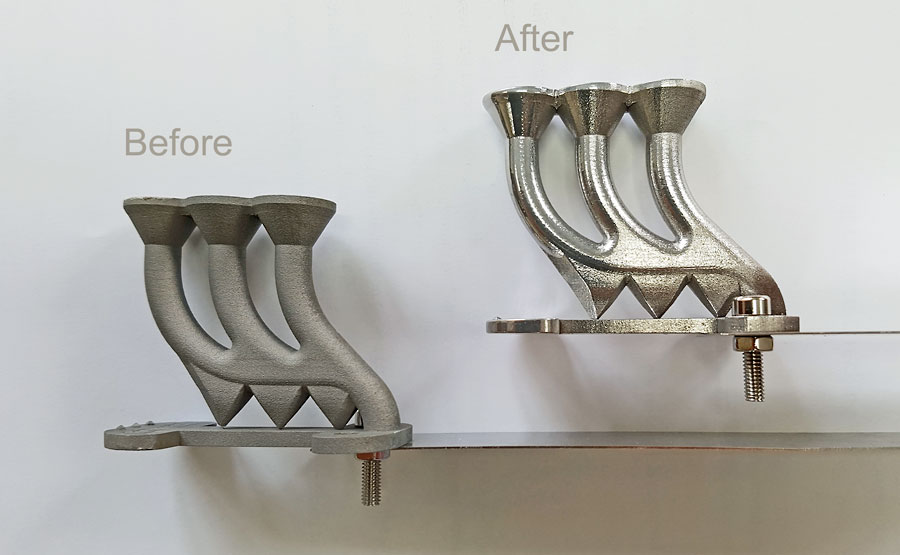
Vacuum/plasma process specialist the Wallwork Group is developing a new technology to remove the rough and irregular finish that can occur on additive manufactured (AM) metal components.
The project is an international collaboration with the University of Manchester materials science department along with an AM processor in France and dental implant manufacturer in Italy. According to the company, AM components can have a rough and unattractive surface finish. As the AM process often produces highly complex parts that would be difficult to make by any other method, these parts are both problematic and expensive to smooth using mechanical techniques and also may require some hand finishing. This time-consuming and costly final processing slows the production cycle and can undermine the economic viability of additive manufacturing. Wallwork Cambridge operate one of Europe’s largest facilities for the application of advanced micro-thin coatings for aerospace, motorsport and medical applications using physical vapor deposition (PVD) and plasma enhanced chemical vapor deposition (PECVD).
Clear advantage The program of process development, machine build and live trials to prove the effectiveness of the system in manufacturing environments will last 29 months after which the partners believe they will have enough data to begin to commercialization the technique.
‘We have intellectual property in the electrolytic plasma process at the heart of this program and extensive experience in building vacuum/plasma process equipment,’ said Wallwork technical manager Laurent Espitalier. ‘The speed of the process is a clear advantage compared to mechanical finishing so that cycle times can be significantly reduced. Energy use is relatively low, there are no toxic by-products, so the process is very attractive, both commercially and environmentally.’
This story is reprinted from material from the Wallwork Group, with editorial changes made by Materials Today. The views expressed in this article do not necessarily represent those of Elsevier.




